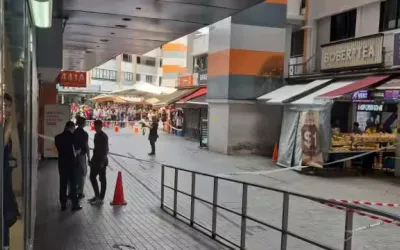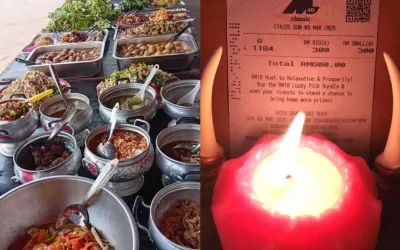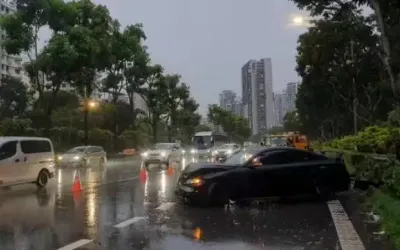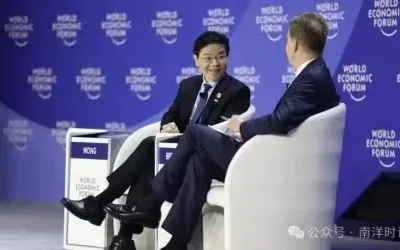Second, the Minister of State mentioned about Malaysia introducing some incentives. I have read that the Malaysian Investment Development Authority's incentives cover sectors such as manufacturing, chemicals, global services hub, integrated tourism projects and smart logistics. These are also some projects that Singapore wants to cover. There are also incentives for knowledge workers. Will there be mitigation measures to make sure that some of the investments that were intended to come into Singapore will not be affected.
Lastly, I have got some feedback about concerns from some sectors including the transport association where I am an advisor to. These are concerns about whether there is some impact on the transport and logistics sectors and how they might be affected by Malaysian logistics coming into Singapore.
Mr Alvin Tan: Sir, I thank Mr Saktiandi Supaat for his questions. Indeed, these are views that we have also gotten on the ground in our frequent interactions with businesses across different sectors. I have met SBF very regularly, including last week when a lot of the same views that have been shared by the Member were also shared by SBF. I was also recently in Johor, visiting the zone, meeting with Malaysian leaders. So, the discussions are ongoing. More details will be released. And we are monitoring all the impact that the JS-SEZ will have on both sides.
I wanted to take a step back and look at it from a bigger perspective and what the JS-SEZ has to offer. If we look at the global economic landscape, it is increasingly uncertain, it is dynamic, it is ever-changing. The global competition as we have seen over the last couple of weeks has intensified for talent, for trade and also for investments. So, it is imperative that if Singapore wants to be competitive, we need to be more nimble, we need to be more innovative, we need to enhance our competitive game. If executed well, the JS-SEZ will give us that additional competitive edge. It will give us the opportunity and in fact, it would give us the impetus to build on our inherent strengths. These inherent strengths are not that easy to replicate. These have been grown over decades. They are quite uniquely Singaporean. And they give Singapore that competitive edge.
These traits are inherent. For example, the strong rule of law, regulatory and political stability, innovative mindset, talent, research and development, connectivity and a strong financial centre.
First, it gives us the opportunity and impetus to build on where we are already strong, but it also gives us that impetus to make sure that what we already have, we must strengthen so that we continually have that competitive edge.
Second, the JS-SEZ will also give us the opportunity to leverage on Johor's strengths to overcome our inherent weaknesses. The weaknesses or disadvantages are well-known to everybody – it is our land, it is our manpower, it is our natural resources. So, it gives us the opportunity to build on our strengths and also to leverage the SEZ's strengths to be able to increase our competitiveness.
What is the final objective for this? The final objective is to attract new companies, new investors that hitherto may not have considered Singapore as an investment destination or potentially even maybe, Singapore is a little bit lower on their list of places to invest. It gives businesses a value proposition that hitherto may not have been there in the first place but are now then attracted to this value proposition.
To the Member's question earlier on, as I mentioned in my original reply, there are already Singapore firms that are already there, they are sited there. In our discussions with many of the Singapore firms, they do intend to have operations on both sides. They are looking at the landscape and they will make those decisions in due time. But I think the value proposition, both for the SEZ as a whole, and the unique relative and complementary strengths for both Singapore and Johor, are quite evident.
CF丨翻译
CF丨编审
新加坡国会丨来源
新加坡国会丨图源























